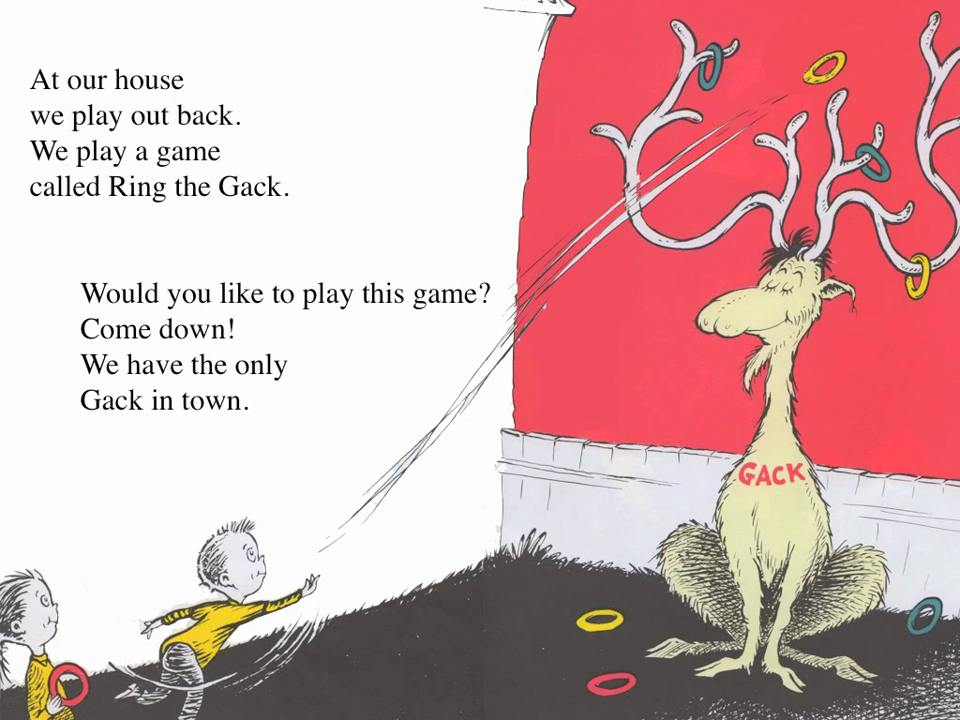What is the self teaching hypothesis?
The average skilled adult reader can instantly recognise between 30,000 and 70,000 words. It is impossible to teach a student this many words by rote; at best a teacher could teach them several hundred. So how did they learn them?
The self-teaching hypothesis, proposed by David Share, is the idea that once learners have established their knowledge of grapheme-phoneme correspondences and the essential process of segmenting and blending, they begin to apply this knowledge to new and novel words. Proficient decoders can do this because the reader is able to pay attention to the order and identity of letters and how they map onto the phonological representations, or spoken form of the word.
Each time a reader is exposed to a new word when reading they are able to use their knowledge of phonological decoding (sometimes called ‘recoding’) to work out how to say the word and add it to their orthographic memory. At first this is a slow process, however each successful decoding of a new word gives the reader exposure to orthographic patterns and information that is the foundation of skilled word recognition.
The self-teaching hypothesis enables independent reading of increasingly more complex texts and allows readers to expand their knowledge of vocabulary through reading. This process starts early and continues over many years and, according to Share, probably never stops.
Consider the words in the book, “Fox in Socks” by Dr Seuss. Readers can use their knowledge of grapheme-phoneme correspondences and their ability to segment and blend to read new and novel words. The children in this book go out to play with their pet Gack. Knowledge of the sounds represented by g – a – ck and familiarity with the word ‘back’ help them to read this new word. The book contains other made up pets such as a Zans, a ying, a gox, a yink, and even a pet zeep. Children may have never encountered these words before yet they can read and pronounce the names of these creatures when they apply phonological decoding skills.
Share makes the important note that
‘the self-teaching idea rejects the intuitively appealing notion that identities of most new printed words can be directly taught, by teachers, parents or peers, or can be guessed on the basis of contextual information. Only decoding seems to offer a sufficiently reliable means for identifying novel letter strings (owing to the fundamental alphabetic nature of the written code) thereby providing the opportunities for (incidental learning) of the visual form (spellings) of these items.’
When does self teaching begin?
Firstly we must ensure students
- have developed knowledge of grapheme-phoneme correspondences
- can pay attention to the order of these grapheme-phoneme correspondences in words
- are able to utilise the phonological decoding processes of segmenting and blending.
For very early readers, the written form of all words are unfamiliar. Share’s hypothesis is that once the early reader has mastered rapid recognition of a relatively small amount of grapheme-phoneme correspondences, and they can segment and blend basic cvc words, they begin to self-teach more cvc words as they add more and more grapheme-phoneme correspondences to their repertoire.
It is estimated that the 44 sounds of the English language can be spelled more than 120 ways. Teaching all of these explicitly is time-consuming and children can start reading well before they have learned them all. A study by Vousden et al. (2011) estimated that knowing approximately 118 grapheme-phoneme correspondences is sufficient for children to read 73% of the 3000 most frequent monosyllabic words occurring in children’s early reading vocabulary.
The most useful grapheme-phoneme correspondences to teach first are those that occur most frequently in English. The split vowel digraph or VCe pattern containing a, i, o, u is more useful to teach than those containing e because it is used so infrequently.
Some grapheme-phoneme correspondences may just need mentioning when they are encountered such as /ar/ after a w is pronounced /or/, as in ‘war’, ‘warm’ and ‘wart’, with a few examples given so that students can notice the pattern. Other low frequency combinations are /bt/, as in ‘doubt’ and ‘debt’, /rh/, as in ‘rhythm’ and ‘rhetoric’, and /mb/ as in ‘lamb’ are rare. These low frequency spellings will often be picked up through independent reading but should still be included in teaching the extended code to ensure all children eventually learn them.
The process of self-teaching is underpinned by good oral language skills and solid knowledge of how speech sounds map to graphemes (both single letters and multiple letter combinations). Exposure to orthographic patterns by way of logically organised word lists and word studies facilitates the rapid recognition of new and unfamiliar words. In typically developing readers one to four exposures is sufficient for rapid recognition to develop but struggling readers will need many more exposures.
Adults can support this process by giving beginning readers practice with text that exposes them to targeted grapheme-phoneme correspondences through decodable readers. Practice with these types of texts enables beginning readers to develop automaticity and build fluency with word recognition and simple sentences.
The self-teaching hypothesis fits inside the broader notion of statistical learning (Li & Wang, 2022). Statistical learning is a neurocognitive process whereby learning occurs based upon statistical patterns in the environment. Written language is heavily patterned or coded. In the same way that self-teaching is reliant on solid knowledge of grapheme-phoneme correspondences, statistical learning involves students inferring representations based on known orthographic patterns.



